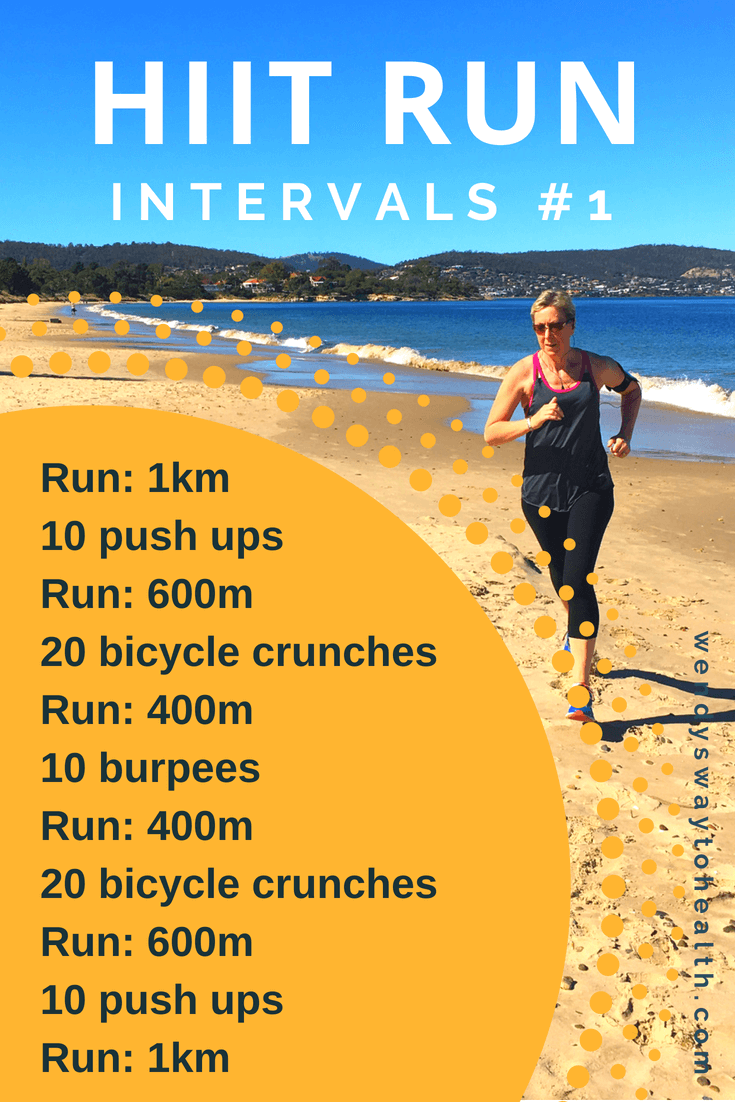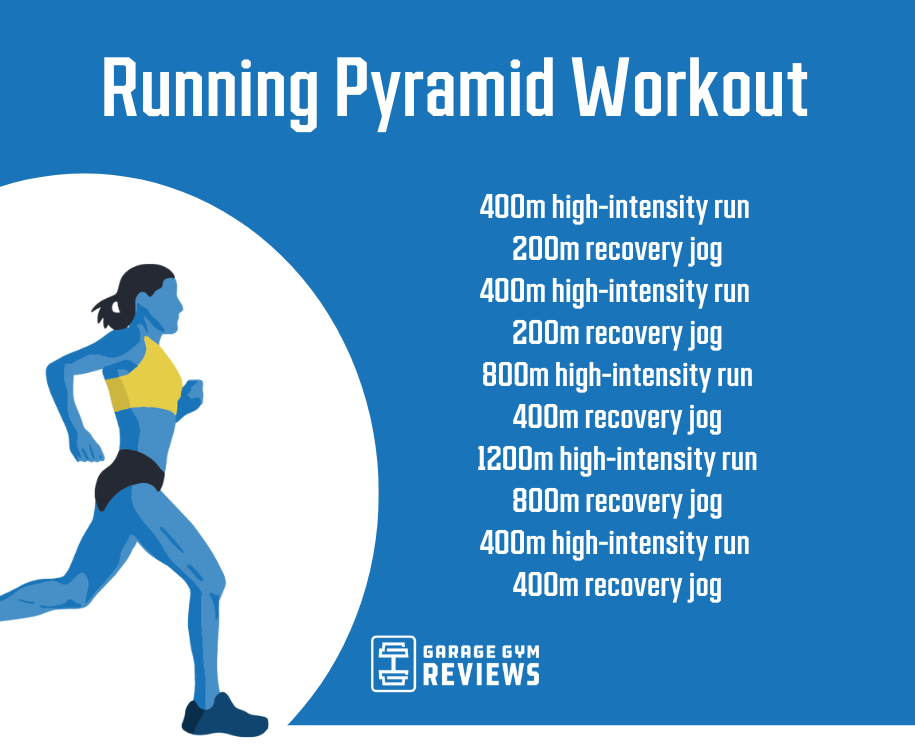Dominate Your Runs: Proven Strategies for Effective Running Workout
Dominate Your Runs: Proven Strategies for Effective Running Workout
Blog Article
Dealing With Common Running Discomforts: Reasons, Solutions, and Prevention
As joggers, we usually run into different pains that can prevent our performance and satisfaction of this physical task. From the incapacitating discomfort of shin splints to the bothersome IT band disorder, these typical running discomforts can be discouraging and demotivating. Understanding the reasons behind these disorders is crucial in successfully addressing them. By exploring the origin reasons for these operating pains, we can uncover targeted solutions and safety nets to ensure a smoother and extra fulfilling running experience (this is where I read it).
Common Running Discomfort: Shin Splints
Shin splints, a common running pain, usually result from overuse or inappropriate shoes throughout physical activity. This condition, clinically referred to as medial tibial stress and anxiety syndrome, materializes as discomfort along the internal side of the shinbone (shin) and prevails among professional athletes and joggers. The repetitive stress on the shinbone and the cells affixing the muscles to the bone results in swelling and discomfort. Joggers that swiftly raise the intensity or duration of their workouts, or those who have flat feet or incorrect running strategies, are specifically vulnerable to shin splints.
To stop shin splints, people ought to gradually increase the strength of their workouts, wear ideal footwear with proper arch assistance, and maintain adaptability and strength in the muscular tissues bordering the shin. If shin splints do occur, first treatment entails rest, ice, compression, and altitude (RICE) Furthermore, including low-impact tasks like swimming or cycling can assist preserve cardiovascular health and fitness while permitting the shins to heal. Consistent or severe instances may call for medical analysis and physical therapy for effective management.
Typical Running Discomfort: IT Band Disorder
In enhancement to shin splints, another common running pain that professional athletes frequently run into is IT Band Syndrome, a condition triggered by inflammation of the iliotibial band that leaves the external thigh and knee. IT Band Disorder typically manifests as pain outside of the knee, specifically throughout tasks like running or cycling. The iliotibial band is a thick band of fascia that attaches the hip to the shin, and when it comes to be inflamed or tight, it can massage against the thigh bone, resulting in pain and pain.
Runners experiencing IT Band Disorder may notice a painful or aching experience on the outer knee, which can get worse with continued task. Aspects such as overuse, muscle inequalities, incorrect running kind, or insufficient workout can contribute to the growth of this condition.
Usual Running Pain: Plantar Fasciitis

Plantar Fasciitis can be attributed to various elements such as overtraining, incorrect footwear, operating on difficult surfaces, or having high arches or flat feet. To stop and alleviate Plantar Fasciitis, joggers can include extending workouts for the calf bones and plantar fascia, use encouraging shoes, preserve a healthy weight to minimize stress on the feet, and slowly enhance running intensity to avoid abrupt stress and anxiety on the plantar fascia. If signs and symptoms continue, it is suggested to get in touch with a medical care expert for appropriate diagnosis and therapy alternatives to attend to the condition effectively.
Common Running Discomfort: Jogger's Knee
After attending to the obstacles of Plantar Fasciitis, another prevalent problem that joggers typically face is Runner's Knee, a typical running discomfort that can prevent sports efficiency and create pain throughout physical task. Jogger's Knee, additionally recognized as patellofemoral discomfort disorder, manifests as pain around or behind the kneecap. Joggers experiencing this discomfort might really feel a plain, hurting discomfort while running, going up or down staircases, or after long term periods of sitting.
Common Running Pain: Achilles Tendonitis
Typically afflicting runners, Achilles Tendonitis is an excruciating problem that influences the Achilles ligament, creating pain and possible constraints in exercise. The Achilles ligament is a thick band of tissue that links the calf muscles to the heel bone, crucial for tasks like running, leaping, and walking - i thought about this. Achilles Tendonitis frequently develops due to overuse, inappropriate shoes, insufficient stretching, or sudden boosts in physical activity
Signs of Achilles Tendonitis include pain and stiffness along the ligament, particularly in the morning or after periods of lack of exercise, swelling that gets worse with task, and possibly bone stimulates in persistent cases. To stop Achilles Tendonitis, it is important to extend appropriately before and after running, put on proper footwear with correct support, gradually boost the intensity of workout, and cross-train to decrease repetitive anxiety on the tendon. Therapy may include rest, ice, compression, altitude (RICE protocol), physical treatment, orthotics, and in severe situations, surgical treatment. Early intervention and appropriate treatment are important for managing Achilles Tendonitis successfully and preventing lasting complications.
Conclusion

Report this page